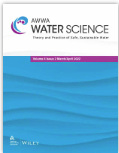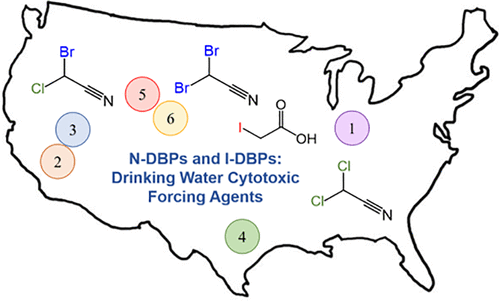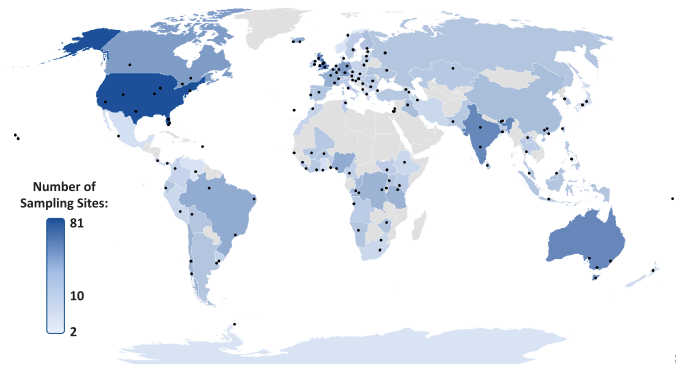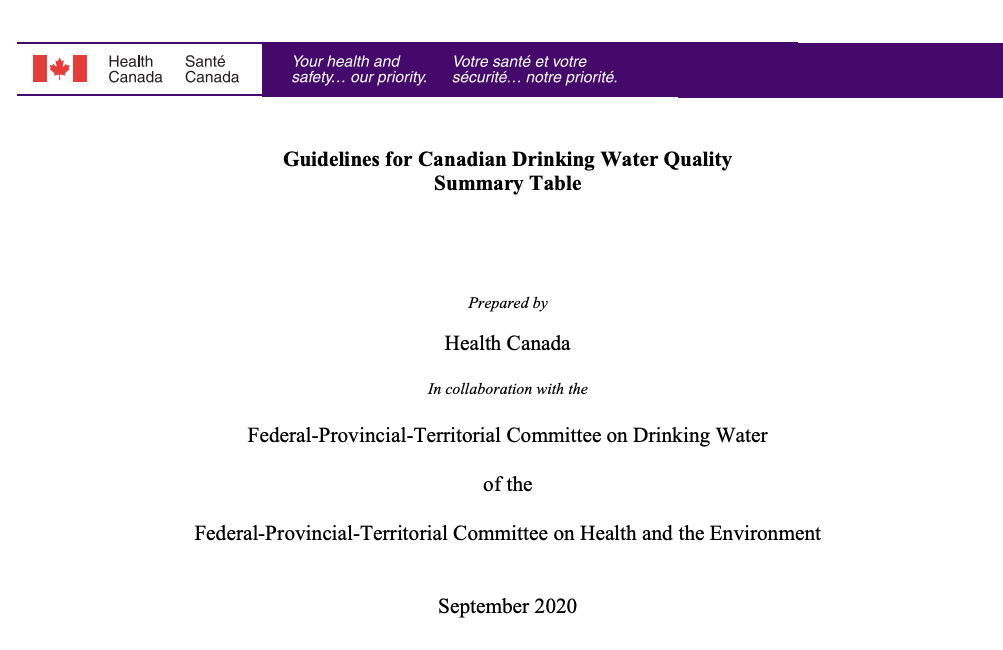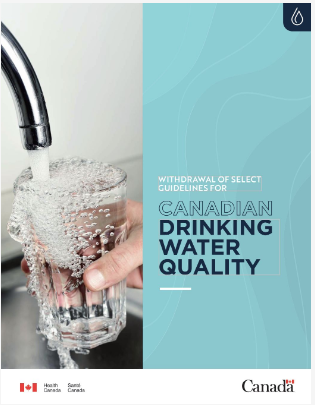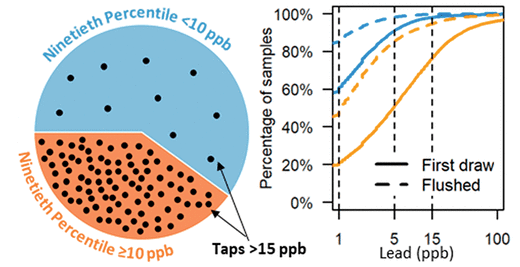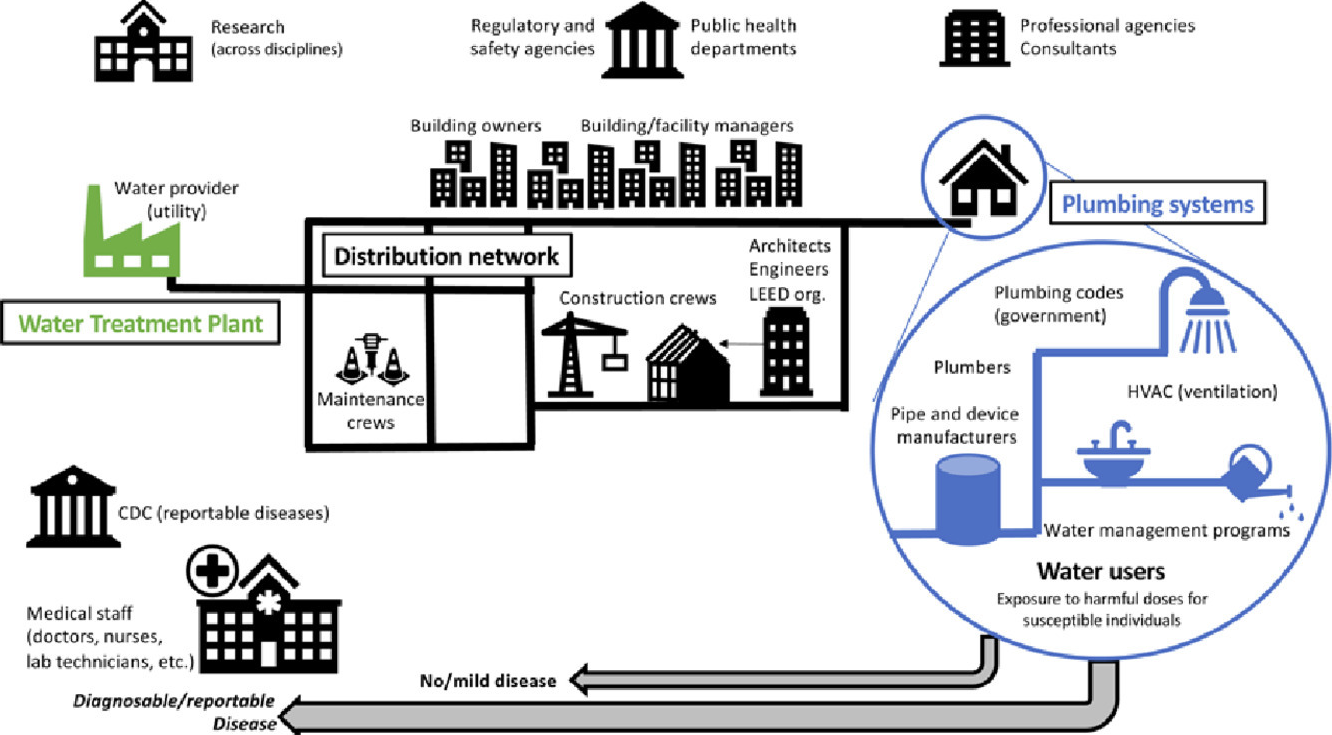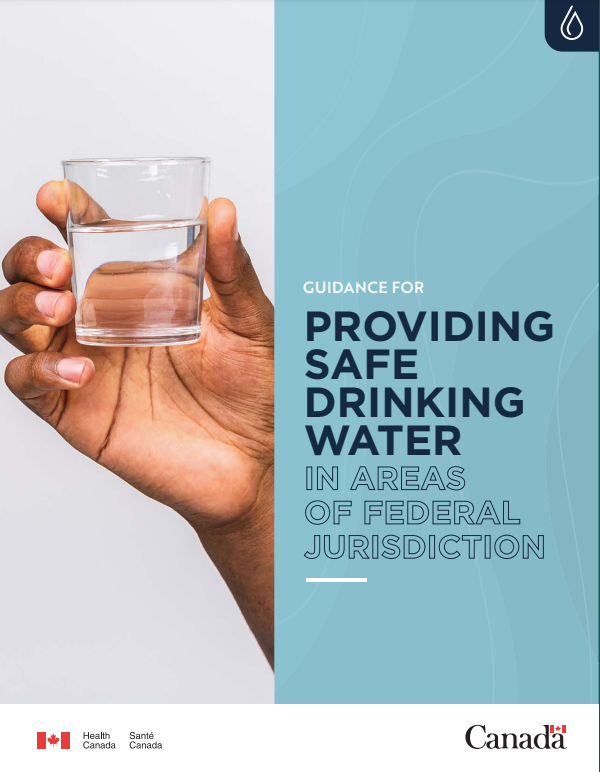School and childcare center drinking water: Copper chemistry, health effects, occurrence, and remediation
US schools and childcare centers including that “flushing contaminated water was the most evaluated remedial action but was unreliable because copper quickly rebounded when flushing stopped.” They point to a second potentially important finding, “building water treatment systems have been used, but some were not capable of making the water safe.

